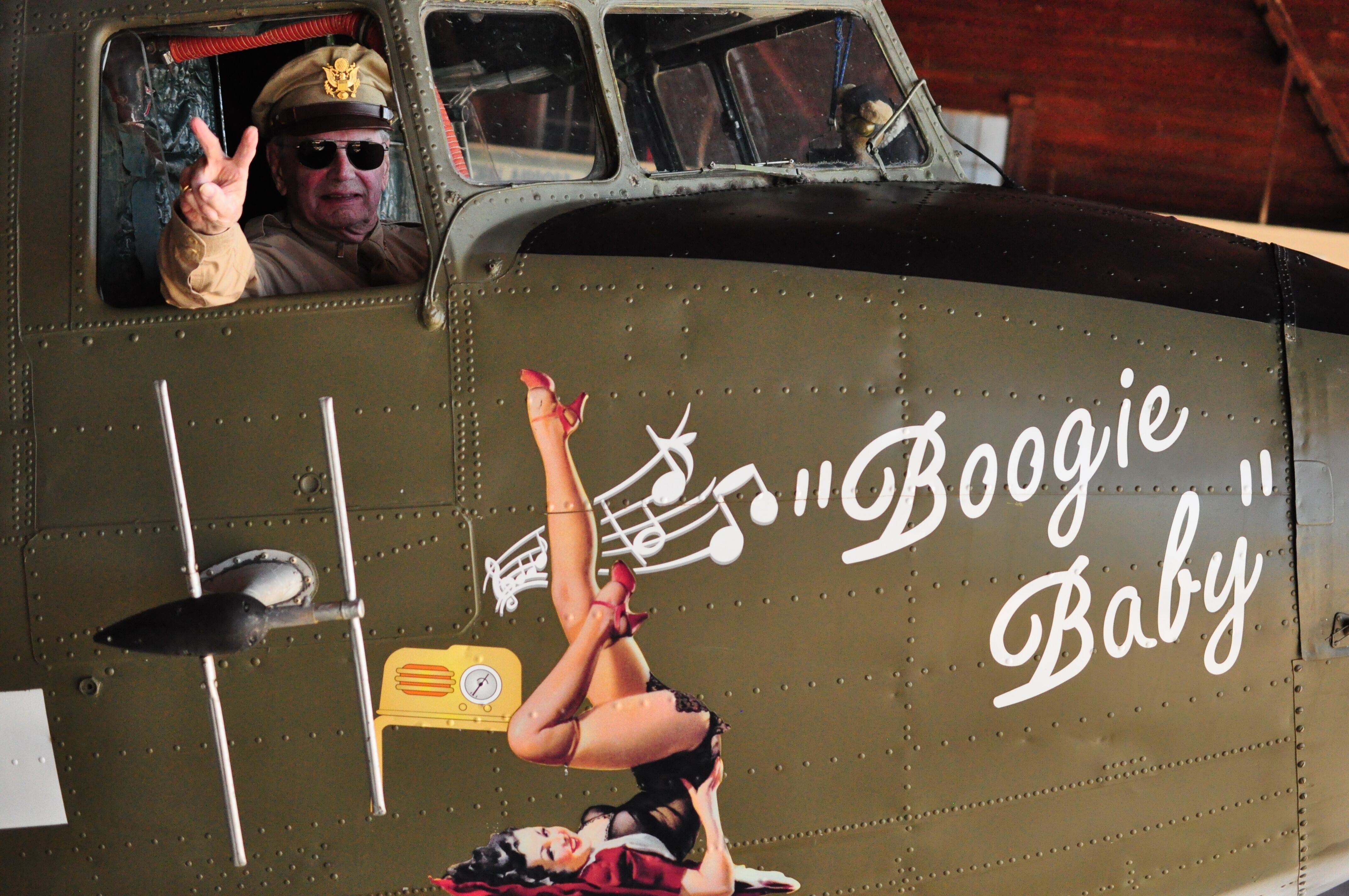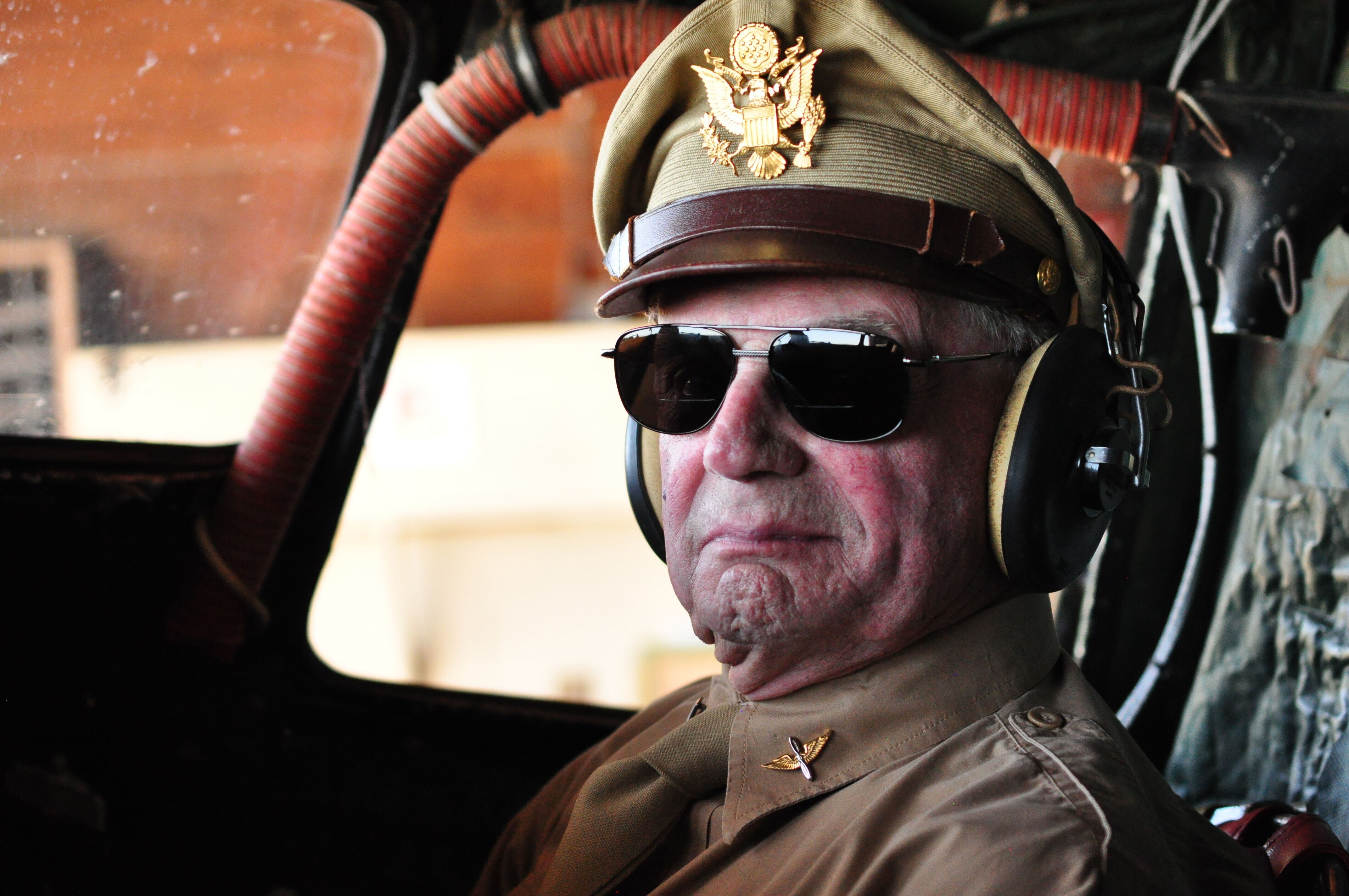David Hamilton is going to spend his 97th birthday in an unusual way.
A pilot with the Army Air Corps during World War II, Hamilton will be behind the controls of “Boogie Baby,” a C-47 Skytrain, like the one he flew over Normandy 75 years ago.
Hamilton is going to pilot the plane just as WWII paratrooper re-enactors plan to stage an airdrop over Frederick, Oklahoma. The event is part of a celebration planned for Hamilton by the WWII Airborne Demonstration Team and will depart from World War II-era Frederick Army Air Field from an original wooden hanger.
“I can’t wait,” said Hamilton a day before the event. “I love it."
D-Day
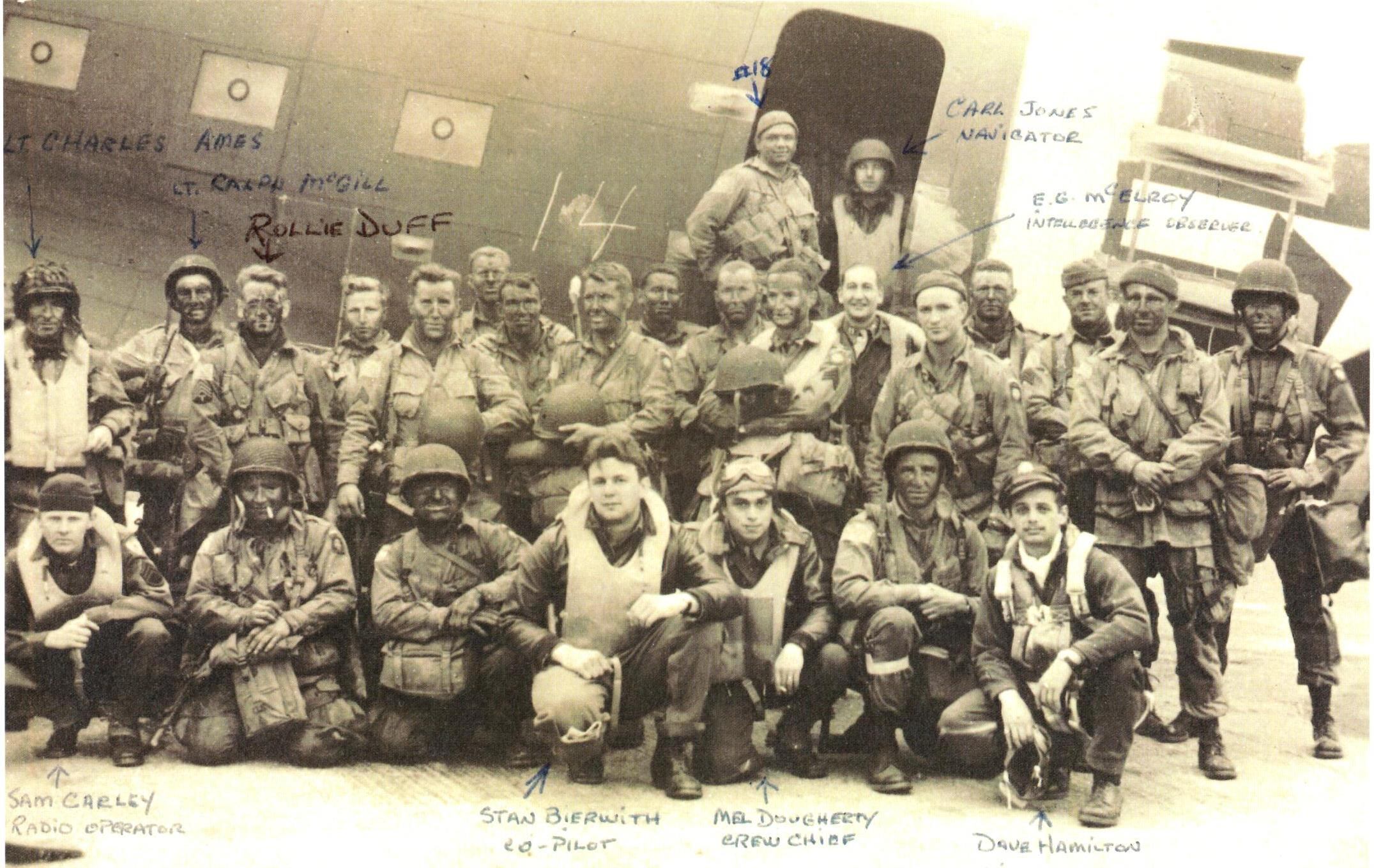
Hamilton, the last living D-Day Pathfinder pilot, remembered being a fat target for German anti-aircraft batteries as he flew airborne troops over France on D-Day.
"After the drop, I pulled my static lines in and we got out of there fast,” said Hamilton in an interview with Military Times. “I just firewalled the engines, put the throttles up and hit the deck. Then my co-pilot said, you’d better lift your wing, or you’re gonna take the steeple off the church of Sainte-Mère-Eglise.”
The twin-engine propeller-driven transport plane went as fast as it could, he said.
“We were going about 200 miles an hour, which in a ‘Gooney Bird’ is very fast,” said Hamilton. “We had 200 holes in the plane, as close as we could count anyway. When I got back, I asked my crew-chief to make a survey of my airplane, and they were big holes - 25 caliber machine pistol.”
The plane took a beating, but not the crew or paratroopers.
“There were no injuries sustained on our flight to Normandy, but we lost the switches required to turn the engines off, so I had to starve the engines of gasoline,” said Hamilton.
He said he laughed as he sat in the cockpit filling out the flight forms while the rest of the crew were on the ground waiting to go to a briefing because there was a guarantee of a little shot of whiskey after the mission.
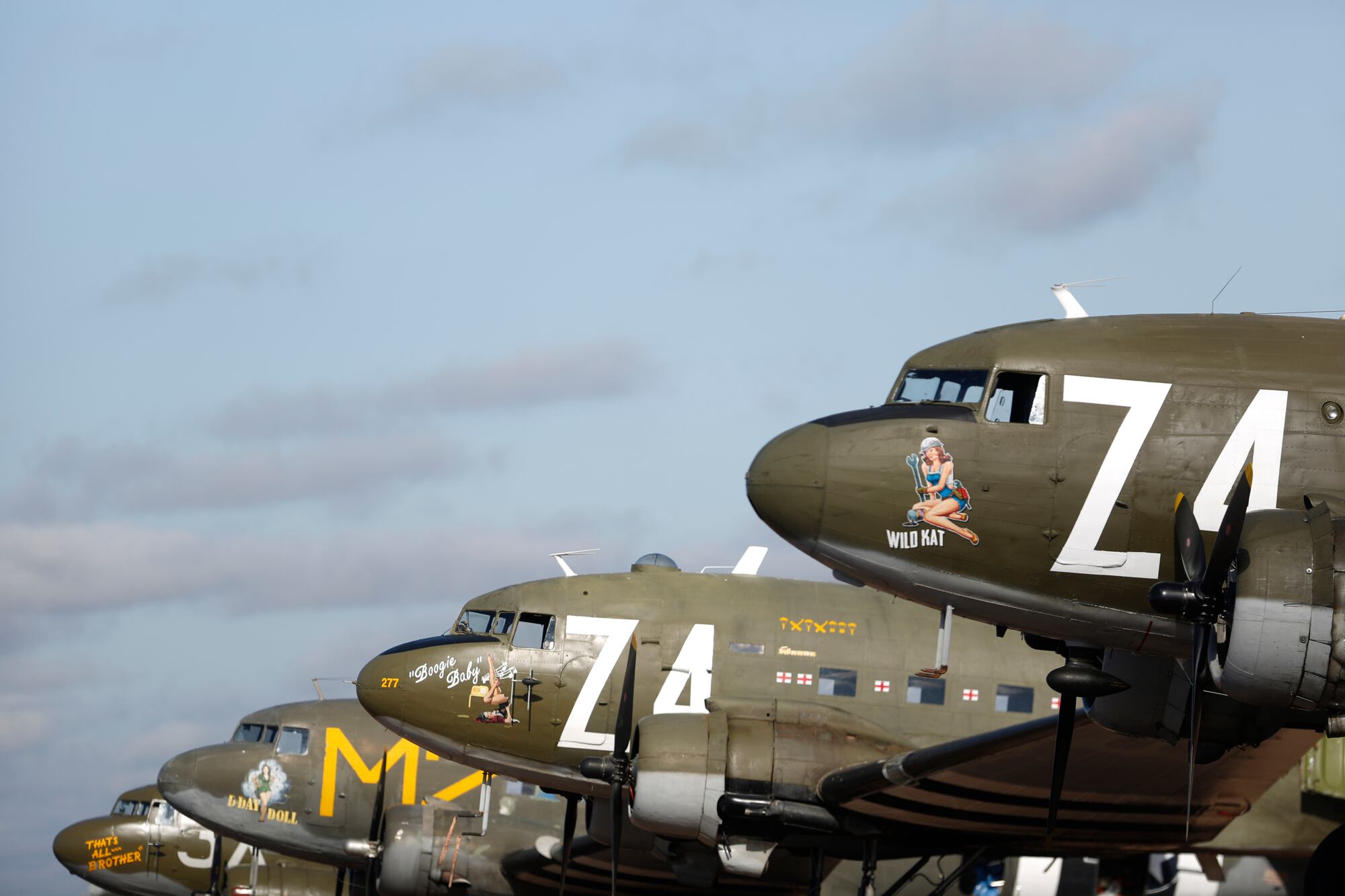
"We lost one airplane, but we saved the crew and the paratroopers,” said Hamilton. “We were hit by German anti-aircraft fire on the island of Sark down in the Channel Islands. It was just before we made their turn to go into Normandy.”
Hamilton said his mission was part of a group of 20 planes tasked with dropping specially trained pathfinder paratroopers at 1:30 a.m. behind the beaches. Those paratroopers set up navigational beacons and lights to mark to direct the later paratroopers to strategic markers for the main force of the airborne troops who would also be brought in by C-47s.
"That night there were 20 aircraft going in - 19 came home, said Hamilton.
Hamilton was only 21 when he became part of the flight crew that left North Witham Airbase in England at 10:30 p.m. - the night before the invasion.
“There were six drop groups that night,” said Hamilton. “We flew at night in a straight line, only 50 feet above the water, until we had to climb for the drop. It was a full moon and you could really see everything.”
During the flight, Hamilton said he looked at his radar and saw so many ships in the water, it looked as though he could jump from ship to ship.
“I had every member of my crew come and take a look at that picture on the radar screen because it was very impressive,” said Hamilton.
He explained that was only when his crew had returned home for breakfast and were in bed listening to the radio, did they realize the scope of their mission.
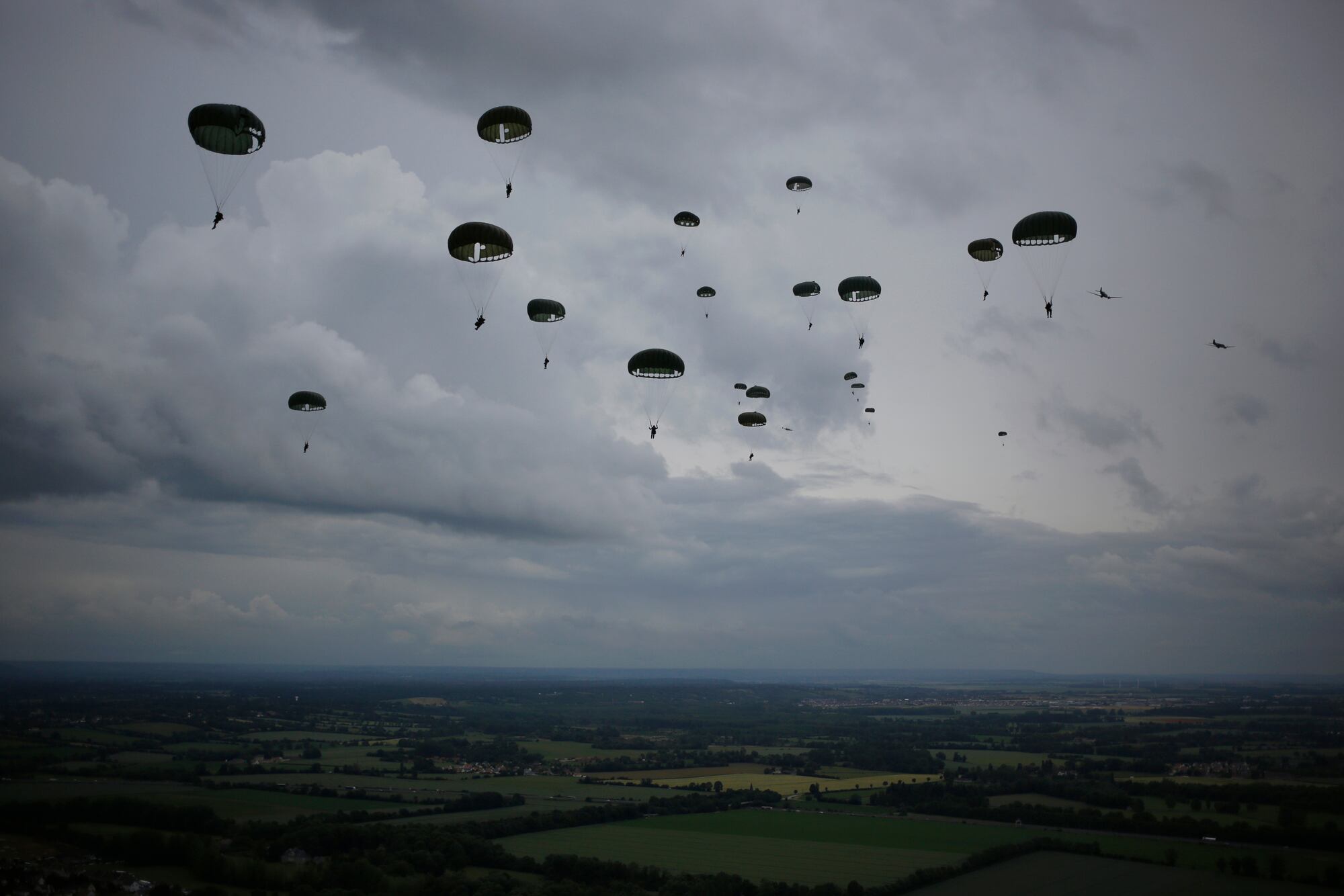
Pathfinders
The Pathfinder mission was led by Col. Joel “Joe” Crouch, who set up the exclusive and classified “Pathfinder School” in Windham where he required all his pilots to also earn their jump-wings.
Pathfinders were the title given to the specially outfitted planes, their pilots, and the paratroopers on their mission out of England in 1944.
The Pathfinder aircrews were specially trained WWII aircrews that flew top-secret cutting-edge navigational equipment for the time.
“Our $100,000 Pathfinder planes were outfitted with $500,000 worth of radar,” said Hamilton.
Although he already carried a pilot's license when he enlisted in 1941, Hamilton went through flight-training as a C-47 pilot and was then chosen as one of the first groups of elite Pathfinder pilots. The pilots were specially trained to fly crucial missions toward the end of the war, and one of those was his Operation Overlord mission on D-Day.
Hamilton also flew Pathfinder missions in Operation Dragoon in Southern France and Operation Market Garden in Holland. Hamilton says he was the flight leader that led the supply drop to the 101st Airborne when they were surrounded at Bastogne during the Battle of Bulge.
On that mission, Hamilton says he led 27 planes into Belgium, but only led out 9 out.
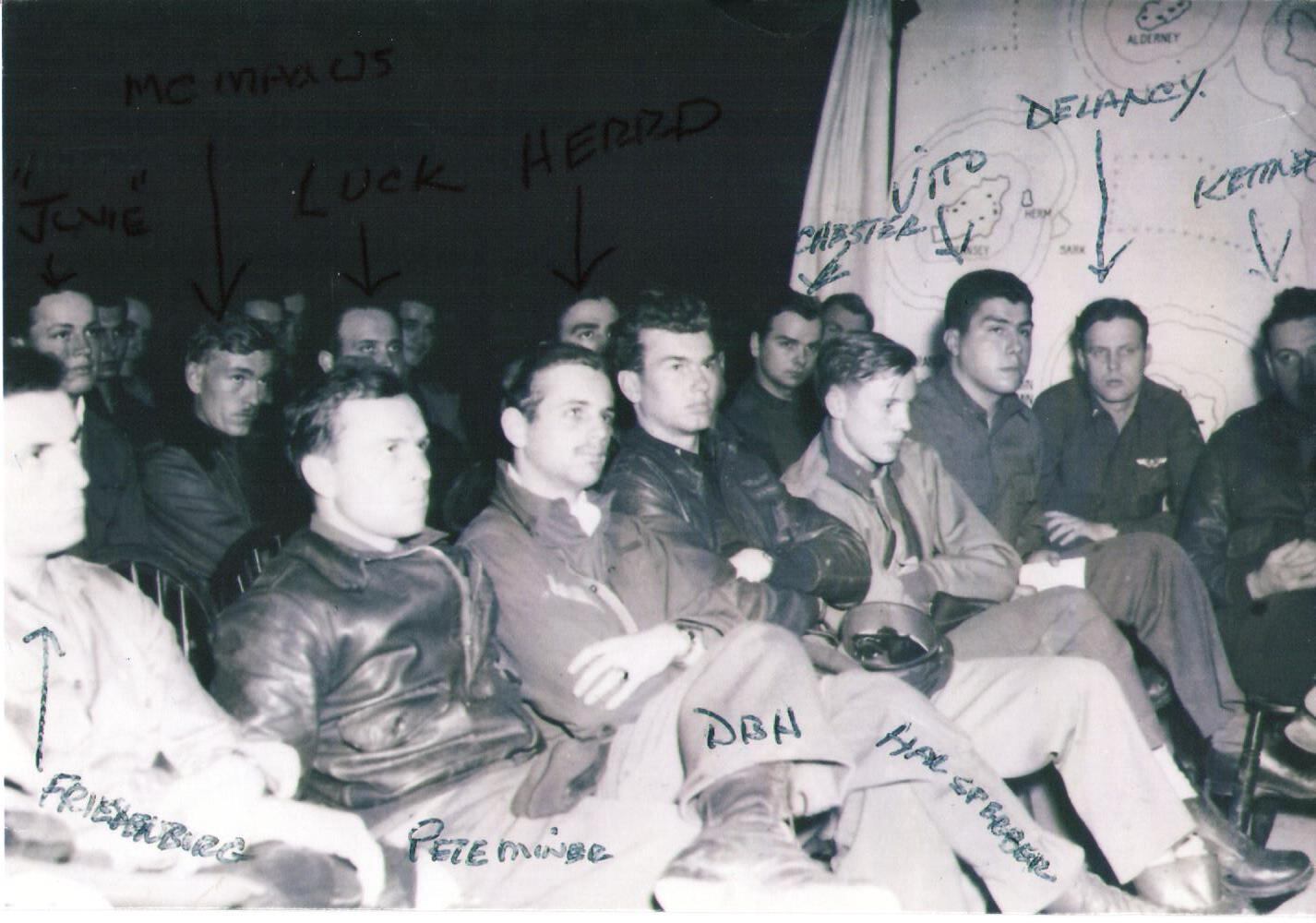
Hamilton’s Participation in the 75th Anniversary of D-Day
Hamilton recently returned from Normandy where he participated in the 75th Anniversary celebrations and rode in a C-47 from England to France.
This time he will be flying a C-47 with the ADT. The organization operates a WWII-style jump school out of Frederick Airfield several times a year. The school is as authentic as possible with parachute packing tables, training hangers, mess hall, classroom, and barracks. The uniforms worn on-site are standard GI garb from the era. Five paratrooper jumps must be completed before jump wings are earned.
July 20 is also the organization's "Open Hanger Day" and one of the jump school's graduation ceremonies. After his flight, Hamilton plans to pin the jump wings on the day's graduates.
Hamilton has been invited to participate in another drop of WWII type paratroopers in his hometown of Preston, Arizona later in the year.
Hamilton is scheduled for induction into the San Diego Air and Space Museum Hall of Fame in November and has been invited by the Commemorative Air Force to be in one of the WWII aircraft that will overfly the Mall in Washington D.C. during the 75th celebration of VE day in May 2020.
As for his upcoming flight, Hamilton says he can’t wait.
“You know," he said, “I’ve been up there before.”
